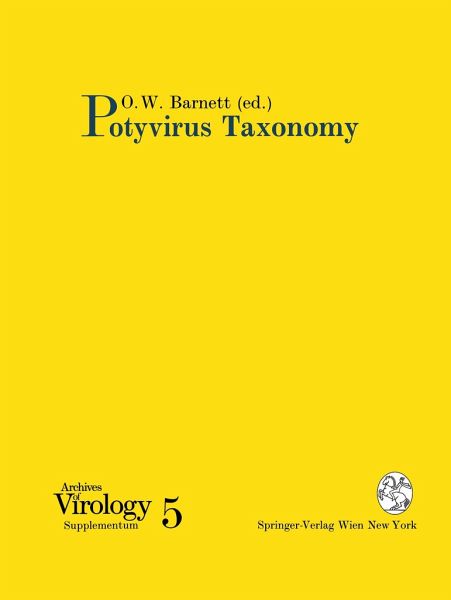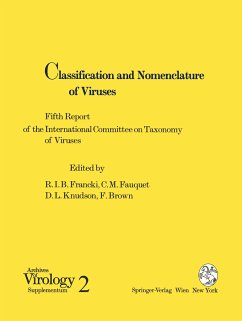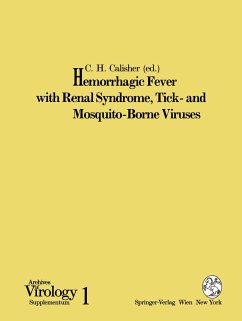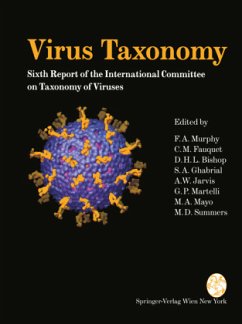
Potyvirus Taxonomy

PAYBACK Punkte
20 °P sammeln!
A number of economically important diseases are caused by potyviruses, the largest group of plant viruses. Many of these diseases are distributed worldwide. The development of effective control strategies against viruses is dependent on the availability of reliable methods of identification and detection. To date this has not seemed possible for the potyvirus group, because of its size, complexity, and immense variation. This book brings together the collaborative efforts of exports in the field. It summarizes characteristics of potyviruses which relate to their taxonomy and points to areas wh...
A number of economically important diseases are caused by potyviruses, the largest group of plant viruses. Many of these diseases are distributed worldwide. The development of effective control strategies against viruses is dependent on the availability of reliable methods of identification and detection. To date this has not seemed possible for the potyvirus group, because of its size, complexity, and immense variation. This book brings together the collaborative efforts of exports in the field. It summarizes characteristics of potyviruses which relate to their taxonomy and points to areas which require consideration before an international consensus can be reached. Main topics dealt with in detail are: serological relationships, nucleic acid sequence information, biological properties, and specific problems with several virus subgroups or pairs of viruses.














